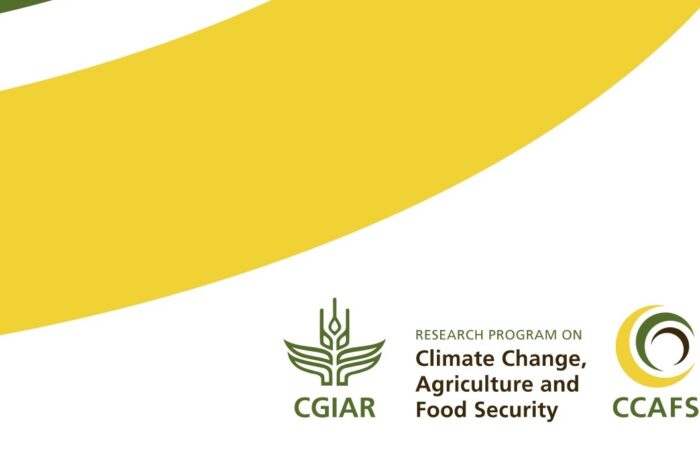
Abstract
The objective of CCAFS’s Flagship 3 on Low-emission Development (LED) is to reduce agricultural greenhouse gas (GHG) emissions while ensuring food security at large scales. Research focused on estimating GHG emissions, developing LED technical options, and identifying mechanisms for scaling up options. Results informed the feasibility of an LED framework in agriculture and built a community of practice for implementation of LED at scale. This report provides a synthesis of the Flagship’s outputs, outcomes, and impacts. LED research outputs The Flagship reported 1,001 outputs from 2011 to 2020. CCAFS’s other flagships and regional programs contributed an additional 866 outputs related to the LED program. Most outputs (42%) were reports and journal articles (Figure 1). LED research outcomes The CCAFS LED Flagship generated 60 outcomes from 2011-2020 (Table 1). The Flagship informed 16 LED policies and plans, 8 improved MRV systems, and contributed to developing 8 LED finance and investment plans. This review of the CCAFS LED Flagship found that the Flagship: – Produced significant new knowledge about greenhouse gas emissions for smallholder farmers, low-cost emissions estimation methods and tools, a database of emission factors representing agricultural systems in low and middle-income countries, a web- based knowledge platform for Measurement, Reporting, and Verification (MRV), and a web-based guidance to low-emission development resources; Emission factors were generated for paddy-rice (99), rice-wheat system (56), livestock (34), and maize-wheat systems (25). – Provided evidence for climate action by providing decision-makers with ex-ante analysis and tools to identify targets, LED options, and the suitability of options for different production systems; – Developed and tested approaches for integrating mitigation into national and sub- national agricultural development programs, sustainability initiatives, and private sector investment to support large-scale adoption of LED options; – Contributed to 60 significant outcomes, i.e., use of research outputs at scale, from 2011- 2020. The majority of outcomes informed LED policies and plans, improved MRV systems, or enhanced LED finance and investment at global, regional, and national levels; and – Generated impacts over 10 years with the potential to reduce emissions by 196 M tons of CO2e, including the adoption of mitigation options by 36 M farmers in 69 M hectares of land with more than US$4 billion investment committed from national and sub-national governments, global climate finance, the private sector, and bilateral/multilateral funding organizations. Lessons from the CCAFS LED experience – Partnerships with research users across the public and private sectors can lead to innovation in mitigation research and scaling. Partnering with entities who conveyed their research needs to us and wanted to use results to design their programs generated the most impact. This happened with USAID, DfID/FCDO, IFAD, ADB, World Bank, Climate Bonds Initiative, responsAbility, Impossible Foods, the GRA and others. It required an entrepreneurial approach to approaching partners to offer services rather than pre-determined research projects. Partnership with the GRA was especially productive, gave us government legitimacy and helped us develop access to a wider base of contacts. Regular UNFCCC COP presence helped us to build visibility and expand our partnerships. – Research focused on countries with existing leadership in LED in agriculture where demonstrable progress was possible: Vietnam, Indonesia, Colombia, Brazil, Mexico, China, Kenya, and Ethiopia. – Investing in communities of practice through initial workshops and science-policy forums helped rapidly develop the LED framework for agriculture and built CCAFS’ networks for collaboration and impact. – Rapid analysis of NDC data, e.g., after the 2015 Paris COP, providing infographics that can be used in a wide range of presentation contexts (e.g., maps of NDCs), and making databases widely available, such as the NDC analysis in 2015 generated a lot of interest and ongoing use. – A focus on high-impact mitigation actions that contribute meaningfully to global targets is a priority, rather than on practices promising insignificant (i.e., low) mitigation co- benefits. – Prioritize geographic emissions hotspots, countries, and value chains to generate large – A huge appetite exists in the finance community for technical information and developing pipeline of mitigation projects in the supply chain and landscape. – Support the transition to a policy, finance and market environment, for example, conditional finance, regulations, and company accountability; to mainstream GHG mitigation in the agriculture sector.








